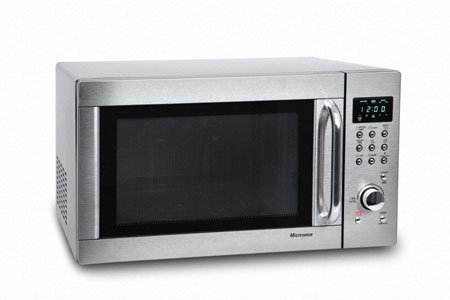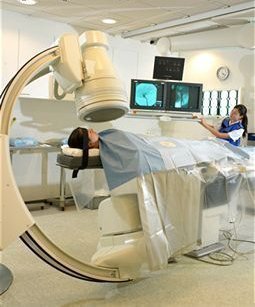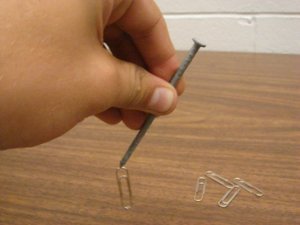In the modern world, virtually everyone owns a microwave oven. How many people, though, stop to consider what exactly microwave ovens do or how they work? To anyone who has been alive over the past few decades, microwave ovens are as normal as anything else; to someone born even a century ago, however, they would be considered extremely futuristic. This article will explain what microwave ovens do and list the parts that make microwave ovens work so that readers can appreciate the science of these marvelous devices.
What Do Microwave Ovens Do
The reason that microwave ovens are preferred over conventional ovens is that microwave ovens cook food as a whole rather than through convection. Whereas the heat produced in a conventional oven is absorbed into the exterior of the food and slowly transferred to the core, heat produced in a microwave oven is passed through the entire food item at once. This is because microwaves pass through normal objects but are converted to heat when exposed to fat, liquids, and sugar.
Magnetron
A magnetron is a rather large device that is built into every microwave oven. A magnetron consists of two large magnets placed on opposite ends of an anode. The anode consists of a cathode surrounded by RF fields with cavities that allow electrons to pass through. When electricity is passed through the magnetron, electrons are manipulated in such a way as to create microwave radiation that is passed on to the oven chamber. 
Oven Chamber
The oven chamber is the area in which food is cooked in a microwave oven. The oven chamber consists of a glass plate that sits on top of a rotating gear so that food spins as it cooks. This allows for thicker items such as meat to be cooked throughout. Oven chambers also usually include a light of some kind so that users can see what they are doing while placing food into the microwave.
Wave Guide
A waveguide is a hollow metal tube that allows microwaves to travel from the magnetron into the oven chamber. Waveguides are important in guiding the microwaves along a specific path so that radiation does not end up where it does not belong. Without waveguides, microwaves would freely travel in all directions, damaging the magnetron, the transformer, and anyone standing nearby.
Transformer
Microwave ovens produce a lot of microwave radiation which means that it needs a lot of power to cook food properly. To avoid running up the user's electric bill, microwave ovens include their own transformers. The transformer is responsible for converting the electricity that is supplied by the power supply into a much higher voltage. This works similar to how wet-tipped wine glasses can be used to cause other wine glasses to vibrate when a high-pitched noise is present.
High Voltage Control Circuit
The High Voltage Control Circuit is an electronic circuit board that is responsible for controlling the extremely high voltages that microwave ovens work with. Because of the complex nature of both the magnetron and the transformer, especially being so close together and in such a small space, the transformer could theoretically overload and explode, catch on fire, or cause other damages. The High Voltage Control Circuit is able to prevent such an overload by disconnecting the transformer from the power supply in the event that anything were to go wrong.
Power Supply
Microwave ovens use 120 volts (V) of alternating current (AC) that is supplied by the standard home wall outlet. This is the standard amount of electricity that large appliances such as refrigerators and blenders use. Unfortunately, microwave ovens are still too large and bulky to use anything other than a semi-permanent outlet as a power supply. There are several ideas in the works, however, for portable microwave ovens that would be battery-operated.




Follow Us!